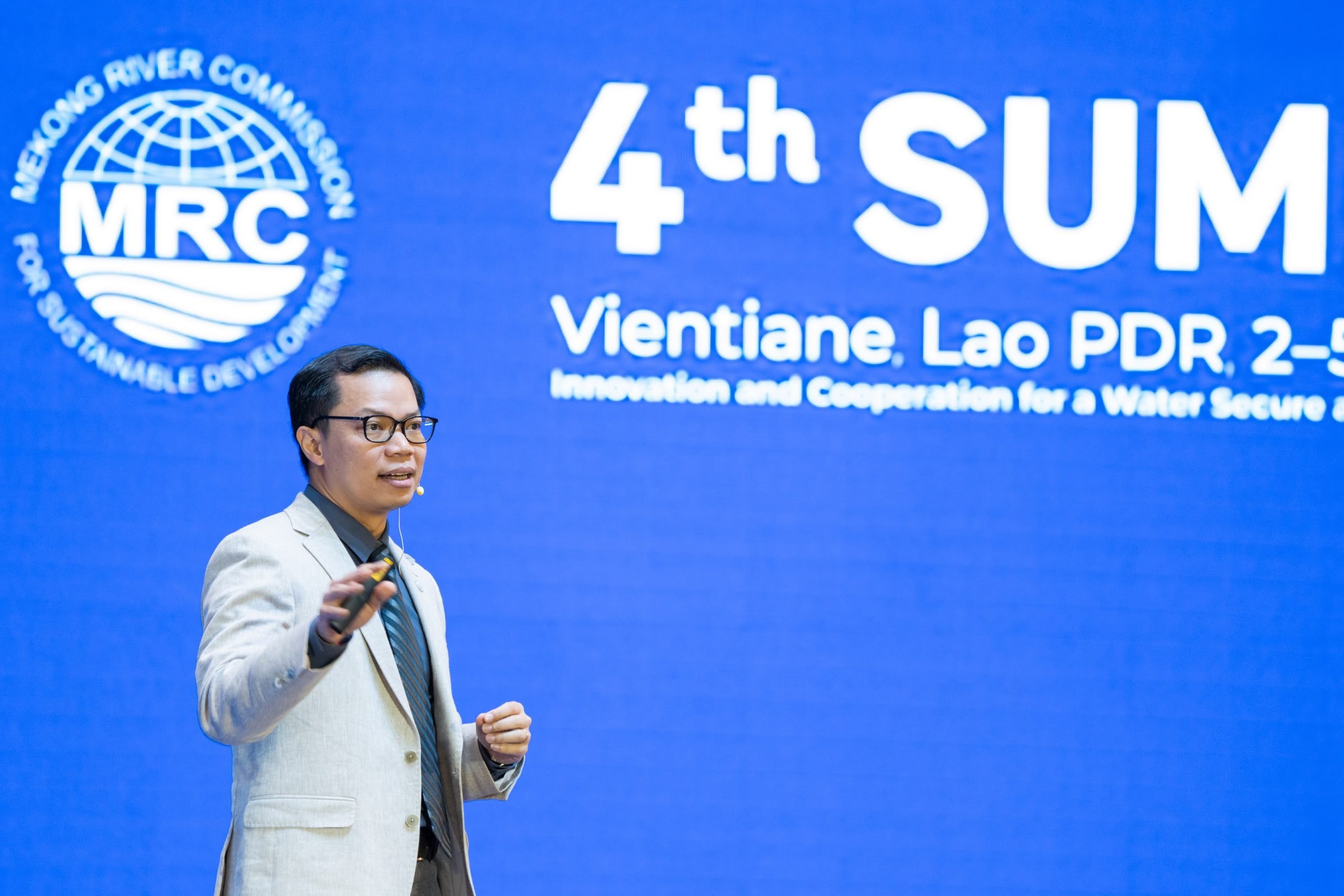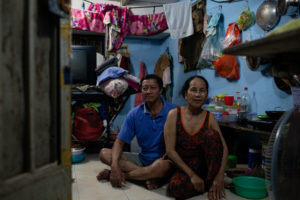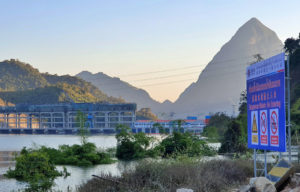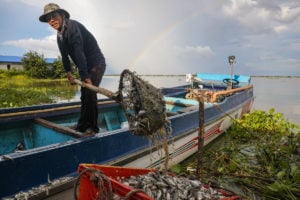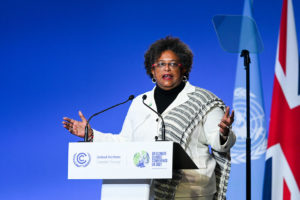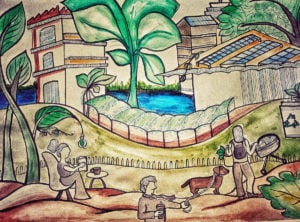The 4th Mekong River Commission Summit, held in Vientiane on 4-5 April 2023, saw heads of state and ministers from Cambodia, Laos, Thailand and Vietnam come together to discuss the sustainable development of Southeast Asia’s greatest river. At its conclusion, the four countries signed the ‘Vientiane Declaration’, in which they reaffirmed their commitment to cooperation on the Mekong; acknowledged both the opportunities and adverse impacts of development on the river; and called for innovative solutions to help address the many challenges the river faces.
The Mekong River Commission (MRC), formed in 1995, is an intergovernmental organisation comprised of the four countries of the Lower Mekong Basin: Cambodia, Laos, Thailand and Vietnam. China and Myanmar – the Upper Mekong countries – engage with the MRC as dialogue partners. An advisory rather than regulatory body, the MRC provides information and coordination for member countries relating to water resources in the Lower Mekong Basin.
Among the functions of the MRC is its Procedures for Notification, Prior Consultation and Agreement (PNPCA) process, in which MRC member countries are supposed to be able to review potential benefits and risks to the environment, community safety and livelihoods of water use projects on the Mekong’s mainstream before construction. Despite civil society concerns over the impacts on riverine ecology and livelihoods downstream, four proposed dams on Laos’ stretch of the Mekong have completed the PNPCA process and are in varying stages of development – in addition to two that are already operational.
Coming on the heels of news that Thailand has reached a power purchase agreement for the planned Pak Lay and Luang Prabang dams in Laos, despite questions from civil society on why a country with a power surplus would support such potentially environmentally harmful endeavours, the summit took place at a moment of intense debate over the future of meaningful cooperation for sustainable development on the Mekong.
The Third Pole sat down with Anoulak Kittikhoun, CEO of the Mekong River Commission Secretariat, on the sidelines of the 4th Mekong River Commission Summit in Vientiane.
The Third Pole: What does the 4th Mekong River Commission Summit mean for transboundary cooperation on the Mekong?
Anoulak Kittikoun: The Mekong has changed significantly: the flow regime, sediment, environmental issues, including fish [stocks], and climate change-induced floods and droughts. It’s high time for the leadership of the [MRC] countries to get together and commonly recognise these issues and look for ways to not only deal with them better in a more cooperative manner, but also to find opportunities for better sustainable development.
The Mekong provides good resources for the countries’ economies – irrigation, hydropower, navigation, aquaculture – so these can be optimised while dealing with challenges at the same time. These kinds of summits are important because the high level can say, “OK, this is an important issue, please work on it.”
How would you characterise current cooperation, communication and data-sharing between the MRC countries and with their upstream neighbour, China?
We have a working relationship between the member countries of the lower Mekong and upper Mekong on the Lancang [as the Mekong is known in China], especially China. Since 1996, there has been a dialogue partnership with a regular yearly dialogue, with data sharing [on water flow] that started with only sharing during the flood season. But two years ago, China agreed to share full-year data. That’s a simple recognition of the fact that the flow regime has changed and we need a comprehensive picture year-round. Even with the Lancang-Mekong Cooperation mechanism [or LMC, China’s development arm in the Mekong region], we are developing more joint activities and are trying to work together on an information-sharing platform.
Of course, there are challenges. But this kind of platform allows China to understand better the Mekong’s challenges from a very high level.
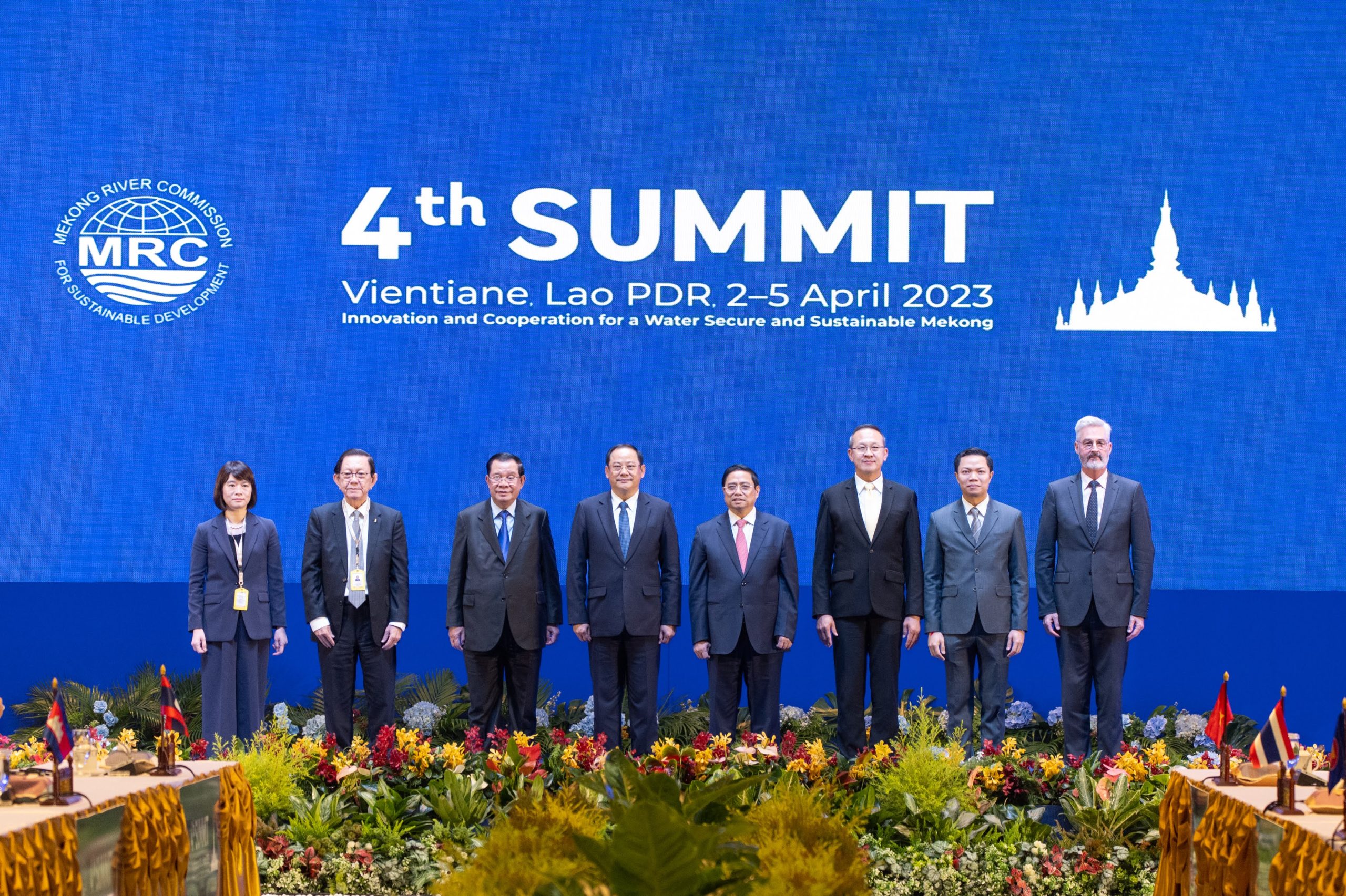
At a conference that preceded the MRC Summit here in Vientiane, a representative of the Lancang-Mekong Water Resources Cooperation Center [an information platform associated with the LMC] claimed that ‘everybody knows’ the most significant change facing the Mekong is the impact of climate change on floods and water resources. What would you say to that?
We are doing a joint study with China and the LMC Water Center to understand this change in flow regime. I think by and large, we do have a common understanding that climate change is the main driver of the change. But also, we increasingly recognise together that there has been a lot of development in the basin during the past 10 years, [with] more water infrastructure, including dams and reservoirs.
On the one side, this brought benefits to the economies of the basin: it potentially adds to dry season flow which can be captured for irrigation; [it can] reduce flood season flow, which is sometimes good for flood management. But on the other side, there’s a bunch of challenges because of the flow regime. We need to adapt to this change. Otherwise, there is risk: risk to Tonle Sap, which is the major lake in Southeast Asia; risk to people and livelihoods. Once we recognise commonly these risks and challenges, then we can propose adaptation measures to the six countries [of the upper and lower Mekong].
In 2010, the MRC urged a 10-year moratorium on dams on the Mekong mainstream. It’s clear that hasn’t happened. What does this say about the role, responsibilities and limitations of the MRC, and of member countries?
The 2010 recommendation came from independent consultants that that we commissioned, so it did not come from the Secretariat. It gave several options for the member countries. Clearly, they did not choose that option [of a moratorium on mainstream hydropower]. The MRC provides a platform for discussion, consultation, input and independent technical advice. We put forward recommendations, but it’s not a regulatory body.
You may get parties not engaging at all if you police too much
This kind of regime of the MRC has advantages and disadvantages. The advantage is that it keeps countries at the table, it adds independent advice and recommendations. But it does it in a way that is more encouragement, recommendation, gently nudging – it does not police. It does not slap you on the finger. That may work in some contexts, but it is also very risky in other contexts – you may get parties not engaging at all if you police too much. Relying on the Mekong spirit, relying on the cooperative nature of countries here, we prefer a more cooperative nudging approach.
In addition to data on water flow, how would you assess the potential for sharing information on sediment load, both between the MRC countries and with China?
Sediment is an increasing issue, and it’s a very complex phenomenon. By and large, sediment [in the Mekong] has been reduced, and although we may not be able to restore what was lost, we have to try to maintain some sort of balance on the remaining sediment budget.
The MRC has a monitoring regime in place. Other organisations like WWF, with the support of partners like Germany, are also trying to better understand this sediment balance. All of these [projects to gather data on sediment load] could come together and give a more scientific basis on what’s happening in the basin. Sediment is trapped by reservoirs, but also sand mining is a big, big issue in the basin. It’s not something very easy to tackle because a lot of it is unreported.
In some cases, international organisations have contradictory data, as with the LMC and the Stimson Center in recent years. How does the MRC engage on this issue when you have different data sources that don’t match?
I think the data by and large are quite consistent. It’s how you interpret them. The understanding about the changing flow regime is a classic example: is it climate change, is it dam development? Is it a bit of both? The truth is a bit of both. But depending on the point of views of each actor in the basin, you tend to emphasise one or the other.
The MRC tries to keep a balance and put out information based on what we observe, and try to understand more about what’s happening with a view to cooperation, not with a view to pointing out the culprits. Some people have a mission to point out the culprits. We do not have that mission. Our mission is basically: look at the data, look at what’s happening, and try to find ways where we can cooperate.
The PNPCA process has been criticised as being a bit of a rubber stamp affair. How could the process better reflect downstream concerns?
It can always be improved, in terms of what’s happening before and after. There’s a very strict regime in place during the process: we have a limited time [to complete the process], six months, if the countries do not extend. But what happens before [the PNPCA process] is really crucial. You need to build trust and relationships among the countries to engage each other earlier, say in the preconception of the process. Then when you come to the process itself, you don’t have too much contestation.
Once you agree on a set of measures, then what happens after is very crucial to follow up, to monitor, to make sure that you do what you promised – in a friendly, constructive kind of way, not in a regulatory way.
The MRC Secretariat tries its best given the platform and the mandate we have. In the end, it’s the member countries that must make decisions and implement actions. But that does not mean that we are not proactive in finding ways for that action to happen.
In an ideal world, how would you picture the MRC working with member countries and partners?
I think by and large the MRC has done not so badly. We have established a commission, we have a regular procedure. We have a cooperative spirit. The countries remain in dialogue even if they have difficult issues. As a CEO-type person in this kind of situation, you don’t have it too bad. If you look at other places in the world, they don’t have this regime in place, and that’s very difficult to work.
But we have our critics. You cannot please everybody. Sometimes it’s good to hear, but sometimes also we ask for their understanding about the limits of the MRC and our constraints.
